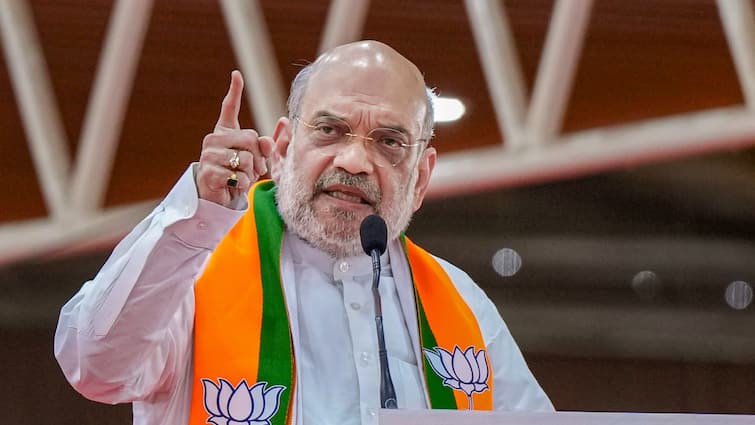
Chandrayaan 3 Launch Update: India’s lunar mission is ready for launch on Friday (July 14). Indian Space Research Organization (ISRO) has taken special measures to ensure that there is no mistake in the lunar mission. For a successful lunar mission, more fuel, many safety measures and a large landing site on the moon have been ensured. For this, ISRO has opted for a special ‘Failure Based Design’ so that the rover successfully lands on the Moon even if some things go wrong.
On July 14, Chandrayaan-3 will fly at 2:35 pm. This is a follow-up mission to Chandrayaan-2, which had a crash landing in September 2019 due to a software glitch. ISRO Pramuth S Somnath said on Monday (July 10) that instead of success based design of Chandrayaan-2, the option of ‘Failure Based Design’ has been chosen in Chandrayaan-3. He said the focus was on what could fail and how to protect it and ensure a successful landing.
ISRO chief S Somnath said this
The ISRO chief said, “We saw many failures – sensor failure, engine failure, algorithm failure, calculation failure. So, whatever the failure is, we want it to land at the required velocity and specified value. Therefore, different failure scenarios have been calculated and planned internally.
Sharing details of Chandrayaan-2’s lander ‘Vikram’ failing to make a ‘soft landing’, he said that when it started descending towards the designated landing site of 500 m x 500 m on the lunar surface, its velocity was slowed down. The engines developed more power than expected.
“There were primary issues, first – we had five engines, which were used to reduce the velocity,” he told the media on the sidelines of the Indian Space Congress organized by SIA India here. These engines developed more power than expected.
ISRO chief told the story of Chandrayaan-2 mission
Somnath said that due to the generation of more force, errors were created in a short period of time. The ISRO chief said, “All the errors happened together, which were much more than we expected.” The vehicle had to turn very fast. When it started turning too fast, its turning capacity was limited by software. We never expected such a situation. This was another issue.
He said the third reason for the failure was the small 500 m x 500 m site specified for landing the spacecraft. Somnath said, “The vehicle was trying to reach there by increasing its velocity. It was almost close to the surface and was continuously increasing its velocity.
He said, in short, the problem with Chandrayaan-2 was that its capability to handle yaw was very limited. The ISRO chairman said, “So what we did this time was just to expand it further, taking care of what are the things that could go wrong.
That’s why the lunar mission is expected to be successful
Somnath said, “We have increased the landing area from 500 meters x 500 meters to 4 kilometers x 2.5 kilometers. It can land anywhere, so it doesn’t limit you to targeting a specific point. It will only target a specific point in nominal conditions. So if the performance is bad then it can land anywhere in that region.
He said that Chandrayaan-3 also has more fuel, so that it has more capacity to travel or handle deviations or go to an alternate landing site. The ISRO chief said that the Vikram lander now has additional solar panels on other surfaces to ensure that it continues to generate electricity, no matter how it lands on the lunar surface.
Read this also- Foxconn ends semiconductor deal with Vedanta, government says – won’t make difference, Congress taunts big things



